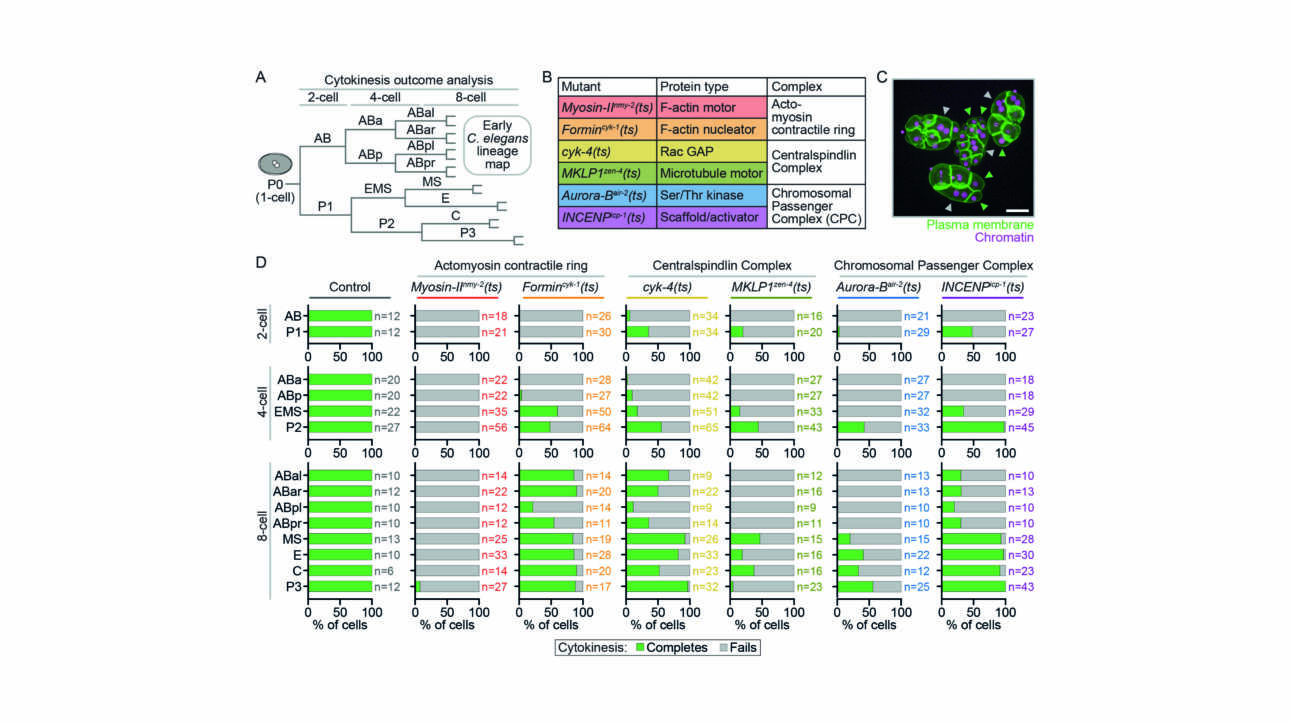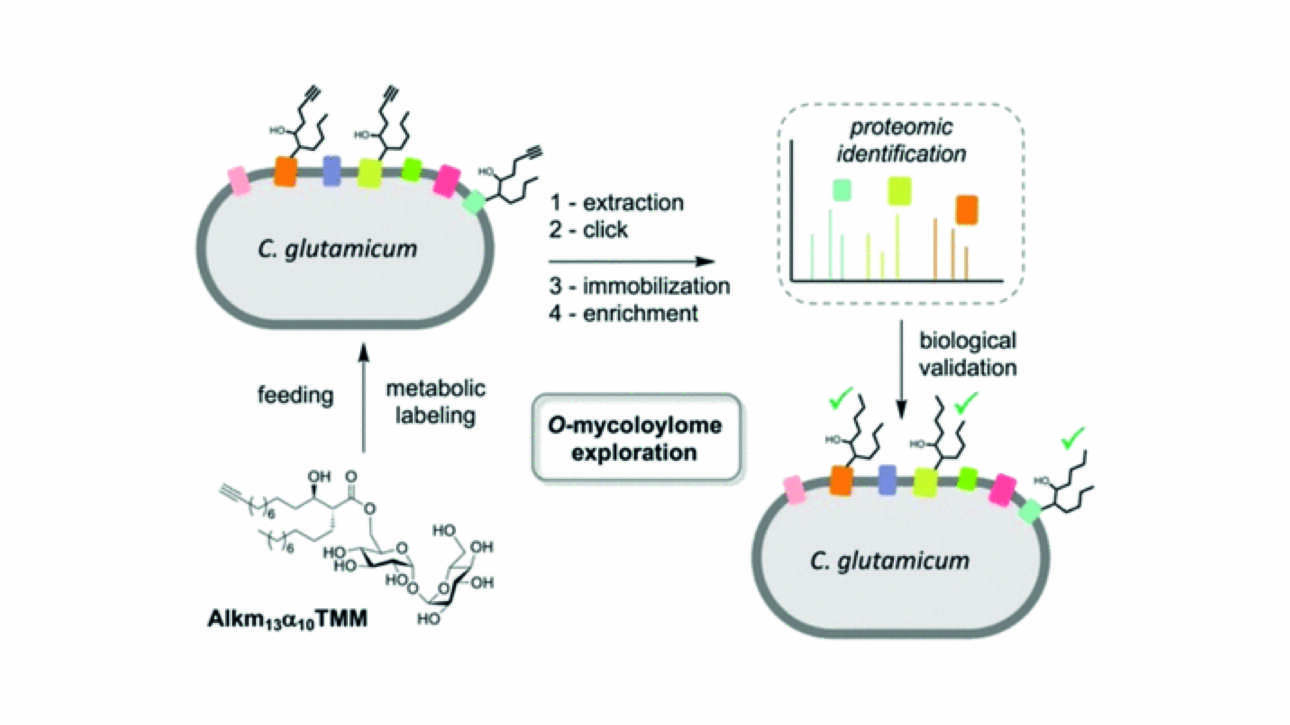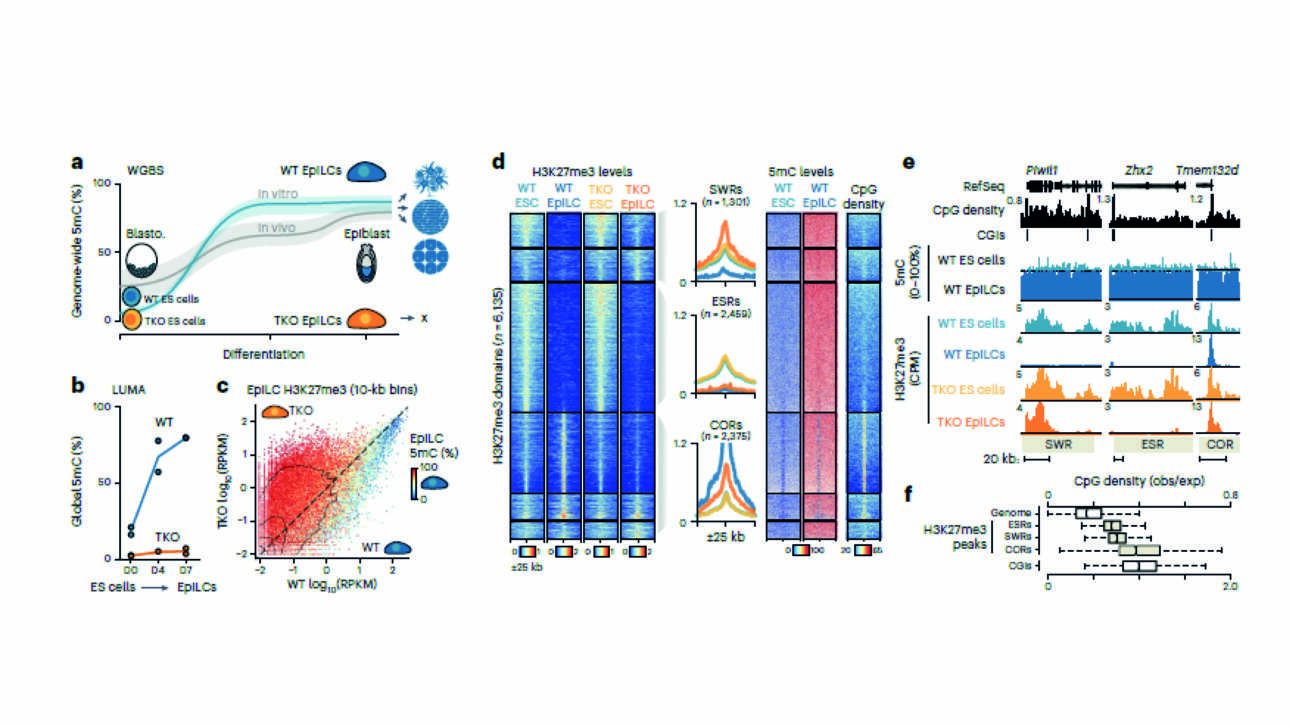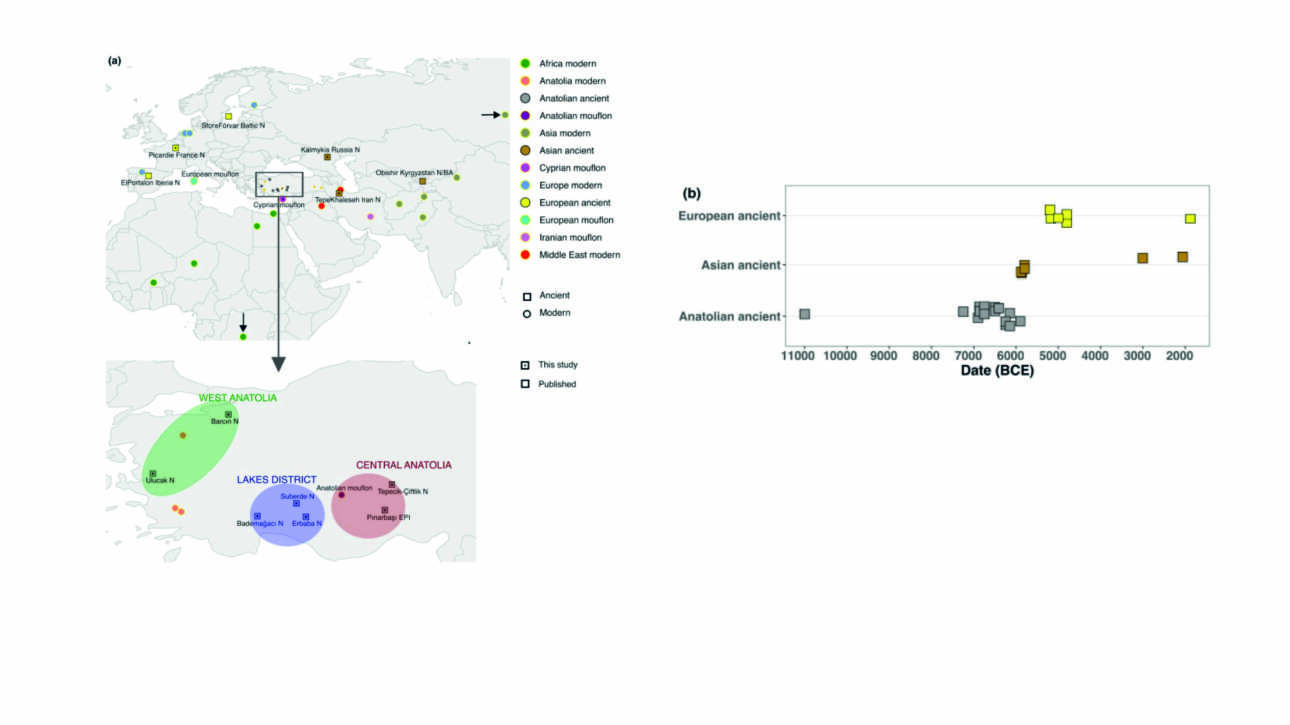The Romet-Lemonne/Jégou Lab contributed a new article published in PNAS:
HIV-1 budding requires cortical actin disassembly by the oxidoreductase MICAL1
Abstract:
Many enveloped viruses bud from the plasma membrane that is tightly associated with a dense and thick actin cortex. This actin network represents a significant challenge for membrane deformation and scission, and how it is remodeled…











